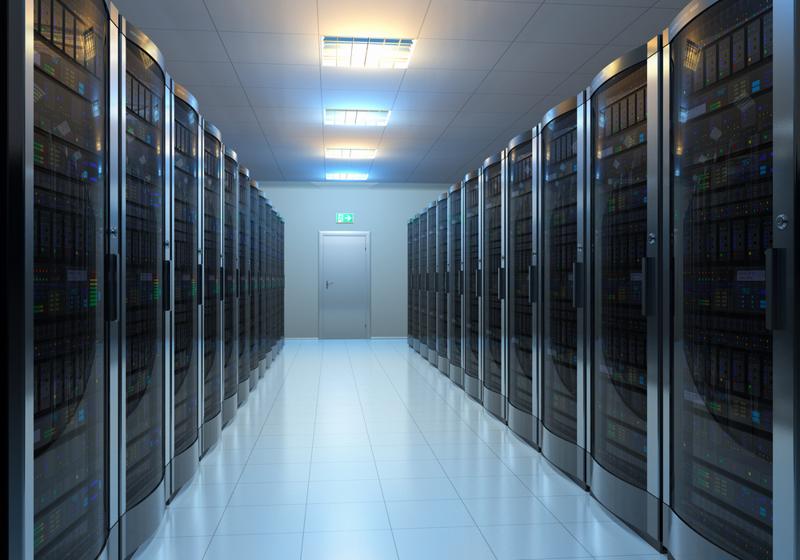Bringing IT and facilities together for a successful DCIM implementation
Bringing IT and facilities together for a successful DCIM implementation

The information technology landscape has historically been encumbered by siloed job functions. When it comes to software development, we've witnessed this in the form of a fissure between development and operations. However, in the past decade or so, this trend has slowly been replaced by the agile mindset. As exemplified by DevOps, the goal here is to foster a culture of business collaboration so as to streamline processes.
This is no different in the data center. According to TechTarget contributor Stephen Bigelow, communication struggles have existed between the two primary factions of most data center operations – IT and facilities:
- IT: The staff members who manage cabinets, racks, servers and other network equipment, as well as the actual applications.
- Facilities: The operators responsible for power management, environmental conditions, physical security, lighting and other matters related to building maintenance.
Siloed teams breed siloed data
"Disparate tools wouldn't necessarily integrate with one another."
In the past, IT and facilities would use different solutions in order to aggregate, track and analyze data that was pertinent to their respective functions. Facilities, for example, would typically rely on a building management system (BMS), which according to TechTarget, would "monitor and manage the mechanical, electrical and electromechanical services in a facility," including, but not limited to, power, heating, ventilation and air-conditioning.
Meanwhile, IT staff would use its own set of tools for the sake of managing servers and other network equipment. This was problematic since these tools wouldn't necessarily integrate with one another, which made it hard to share data between them. In an environment with as many variables as a data center, updates to IT functions can easily impact facility conditions, and vice versa.
For instance, increasing server density in a specific wing of the facility can result in isolated temperature hotspots that may require cooperation between the two parties to remediate. In such situations, proprietary tools such as spreadsheets, and even in-person meetings, would be used for collaboration, according to tom's IT Pro contributor Sean Wilkins. While this may have worked in the earliest data centers, it's an antiquated methodology that's unfit for today's dynamic facilities.

Enter data center infrastructure management (DCIM)
According to Wilkins, this problem is precisely what led to the development of DCIM solutions. Unlike BMS, DCIM supplies comprehensive asset management that accounts for all of the equipment in a data center, including cabinets, racks and servers. DCIM also aggregates environmental data such as temperature and humidity, as well as power consumption levels. As a result, facilities and IT will have access to the same real-time information via a single pane of glass.
Modern DCIM is designed with enough versatility to integrate seamlessly with existing hardware; however, DCIM providers such as Geist will typically provide integration support to get IT and facilities on a path to sure success.
The result is an implementation that bridges the gap between IT and facilities, without the headaches typically associated with deployment and integration efforts.



